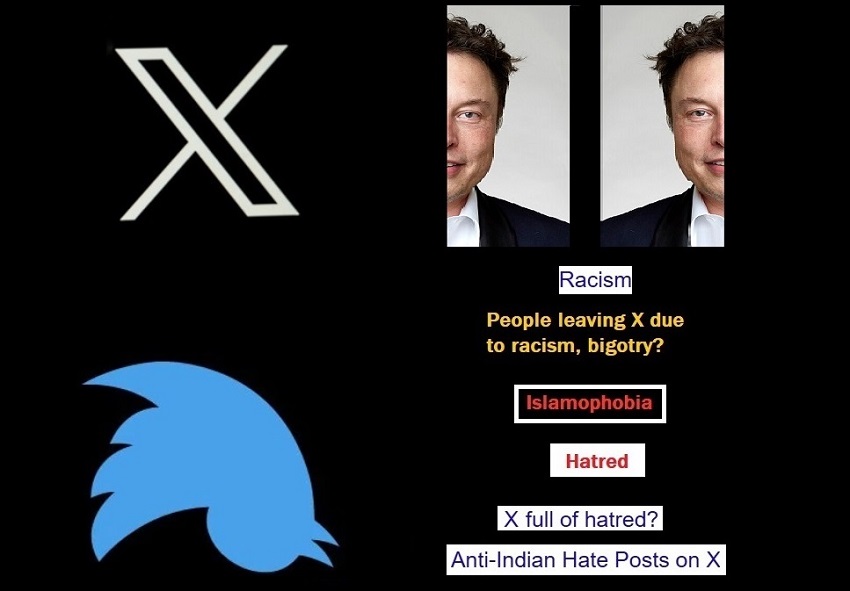Shams Ur Rehman Alavi
editor@theasiantribune.net
Poverty remains the biggest challenge in South Asia, especially, for India. Despite progress, pushing people out of extreme poverty and welfare schemes for the benefit of poor, eradicating poverty remains a dream & tackling multi dimensional poverty is the toughest challenge for India.
India, the most populous nation on earth, has made fast strides in almost all the fields, and in the last few decades, the country has shown its economic might to the world. The Indian billionaires and business tycoons are now known for their global influence
apart from extravagance, opulence and expenditure on events and ceremonies.
From space technology to the growing presence of Indian techies and professionals in the West and their skills that have helped them lead big companies in US, the country has changed a lot. However, the country with a population of 1.42 billion population
in 2024 [as per current estimates], there is still a huge section of populace that survives in poor conditions and tens of millions are below the poverty line.
It is a fact that as India is a huge country, even a small percentage of population accounts for a large number, particularly, when compared to many European nations that are smaller than India’s states in terms of both area and population. But, it is a harsh reality that India is home to the largest chunk of poor in the world.
The number of people who live in extreme poverty is more than 129 million or 12.9 crore, stated World Bank for the year 2024. Earlier, World Bank had noted decline in extreme poverty. How big is the figure? That’s more than half the population of Brazil, higher than the population of Japan and a bit less than population of Russia.
Clearly, there are multiple issues. Indeed, poverty is the inability to afford the basic needs–food, shelter, clothing along with indicators like ability or inability to afford health, access to clean water and education. The international poverty line which is now set at 2.15 dollars [extreme poor is one who lives on less than Rs 180 per day].
In India, the issue is multi-dimensional. There is a huge urban-rural divide. Secondly, the socio-economic status and earning depends on factors like caste and community. The tribal populace that suffers more from poverty and malnutrition, needs
greater push upwards. Groups that were historically ahead find it comparatively easy to keep themselves up, but certain communities have not been able to benefit from the schemes due to lack of access to education or distance from state capitals and big cities.
Besides, an aspect is the religious minorities and their far lesser representation in government jobs as well as corporate world. Indians dependent on farming, have been the backbone of our economy. But, small farmers, agricultural labourers are not as
lucky. Agriculture is linked to weather and there is a role of corporate groups and middlemen. The farm sector is affected, badly, as a result.
The figure for those living in extreme poverty increases more if the other poverty line is factored in and the scale is earnings of 2.15 dollars daily, 3.65 dollars per day or 6.85 dollars a day. In the last case, the number for poor goes up, significantly. The
metrics applied to determine the figure of poor and extreme poor, suddenly changes and so does the figure of poor. The spending capacity and reports about expenditure, provide more insights.
But it can’t be denied that reduction of poverty is among the biggest challenges for India, in coming years. The huge task to eradicate poverty can’t be accomplished unless a serious push is given to multiple schemes aimed at welfare and uplift of the
historically disadvantaged sections of the Indian society.
Higher cost of education, the cost of living in urban areas, increase in land prices and rent, affordability of health care, food, access to sanitation and water, are needed along with insurance schemes, special investment drives in certain sectors, empowerment
of women and new programs to create jobs and raise income.
Unless, all these steps are taken and the think tanks come together to bring a major transformation, the situation won’t change much. Indian political class, bureaucracy, intellectual class, experts, economists, scientists need to join heads to eradicate poverty.
Serious efforts to support marginalized groups through scholarships, easy loan, affordable education and emphasis on ambitious welfare measures like Mahatma Gandhi National Rural Employment Guarantee Scheme (MNREGS) are some of the steps
that need to be taken.
Increasing pollution, soil contamination, water scarcity and depleting water table are some other major issues. There is need for new strategies and plans for economic growth and the focus on enhancement of skills for poverty alleviation. Infrastructure building, pouring money in job creation and credit facilities are necessary but similar attention must be given to human indices.
All this is a must to realise the aim of reduction in poverty level in India.




